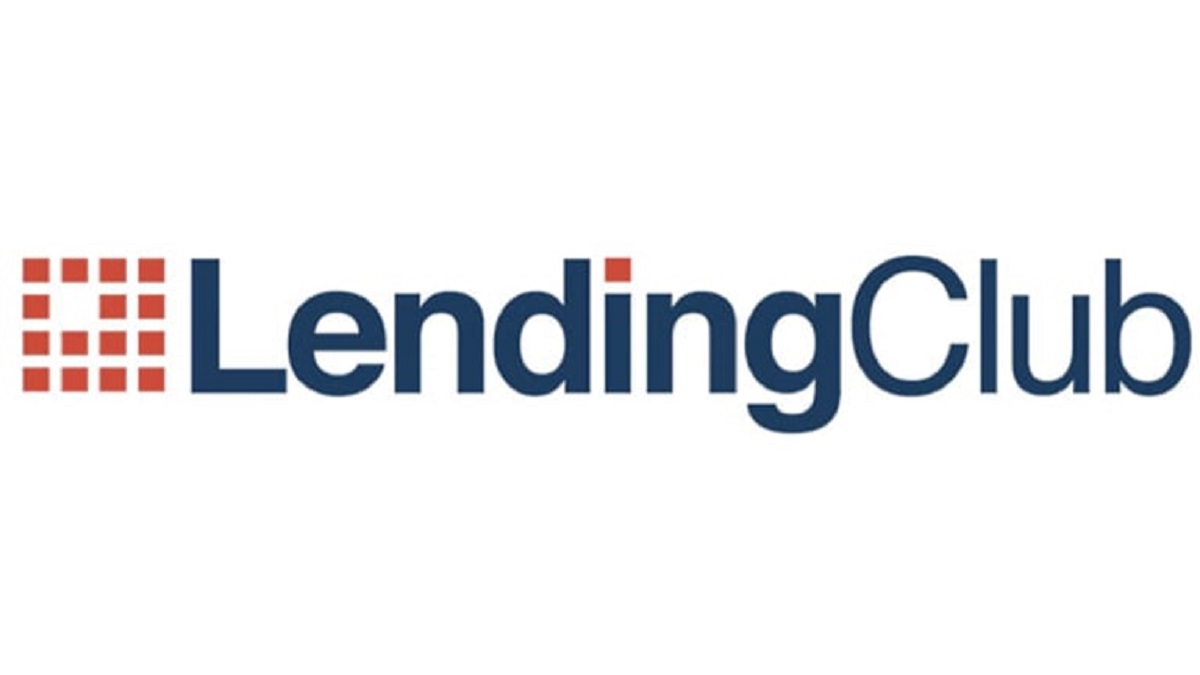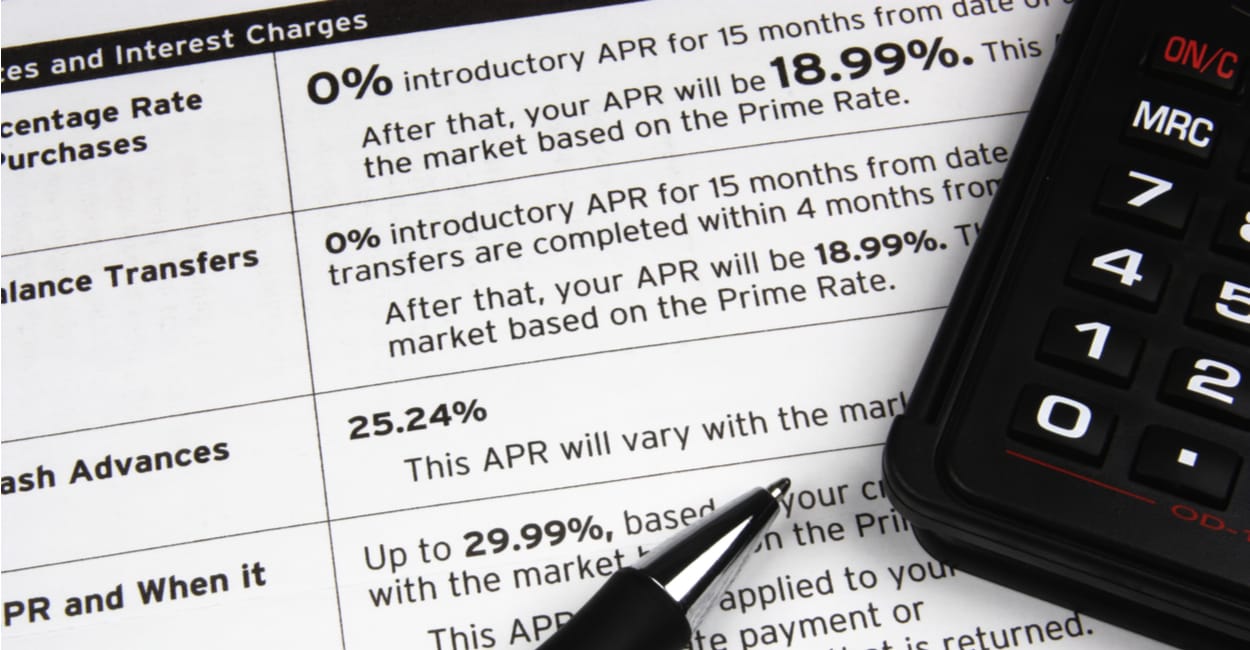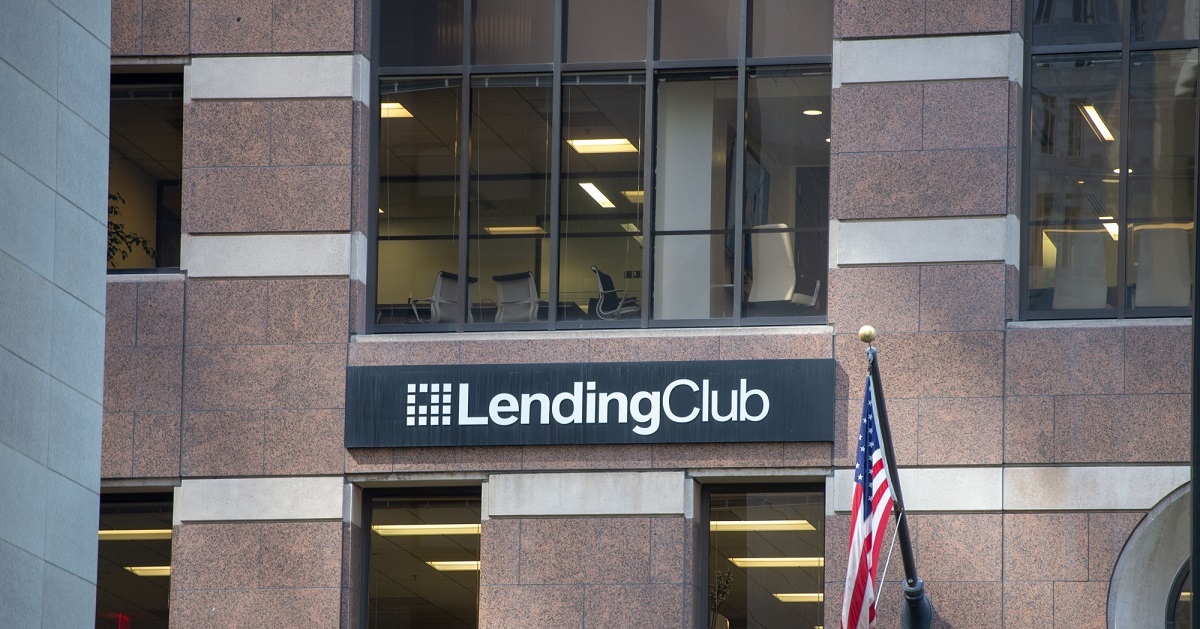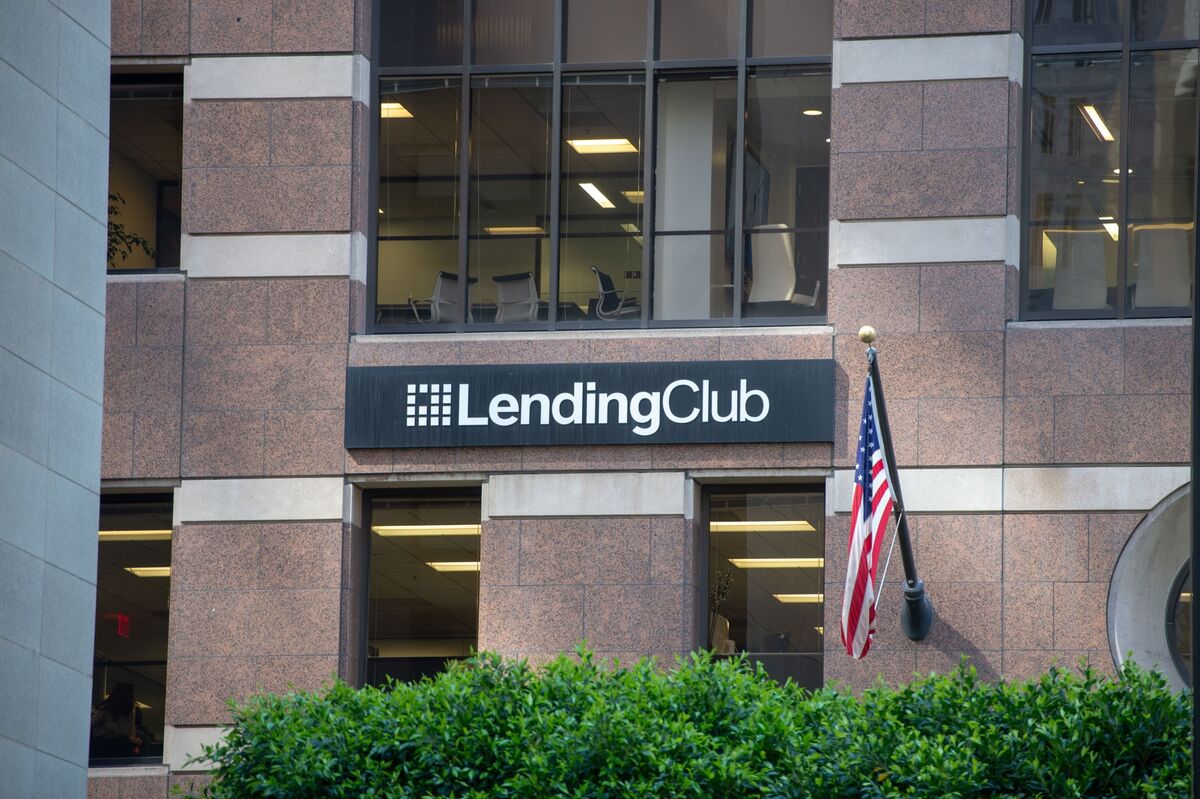Introduction
Welcome to this article on Lending Club’s payment processing timelines for creditors. If you’re considering using Lending Club for credit services or if you’re already a creditor, you might be wondering how long it takes for Lending Club to pay creditors.
Lending Club is a popular peer-to-peer lending platform that connects borrowers with investors. As an investor or creditor, you provide funds to borrowers, and in return, you receive monthly payments comprising both interest and principal. Understanding the payment processing timelines at Lending Club is crucial for managing your finances effectively.
In this article, we will take an in-depth look at the factors that affect payment processing, the average timeframe for payments, early payment options, late payment scenarios, and tips for a smooth payment process. By the end, you’ll have a clear understanding of how long it typically takes Lending Club to pay creditors and how you can maximize your experience as a creditor.
Overview of Lending Club
Lending Club is one of the largest and most well-known peer-to-peer lending platforms in the United States. Established in 2007, Lending Club provides an online marketplace where individual and institutional investors can lend money directly to borrowers. This unique lending model cuts out traditional banks and offers borrowers more favorable interest rates, while providing investors with the opportunity to earn attractive returns.
Lending Club offers a wide range of financial products, including personal loans, business loans, auto refinancing, and patient solutions for medical expenses. These loans are typically unsecured, meaning they are not backed by collateral. The lending process at Lending Club is straightforward and user-friendly, with borrowers submitting loan applications online and creditors choosing which loans to fund based on borrower profiles and creditworthiness.
As a creditor on Lending Club, you have the option to fund fractional loans, where you invest a portion of a loan, or whole loans, where you fund the entire loan. This allows for diversification and risk management in your investment portfolio. Lending Club also provides detailed borrower information, including credit scores, loan purposes, and employment history, to help you make informed investment decisions.
Lending Club has built a reputation for its transparency, efficiency, and commitment to customer satisfaction. The platform employs advanced technology to streamline the loan origination, servicing, and payment processes, ensuring a seamless experience for both borrowers and creditors. Lending Club also provides helpful tools and resources, such as automatic investing and portfolio analysis, to assist creditors in managing their investments effectively.
Overall, Lending Club has revolutionized the lending industry by connecting borrowers directly with investors, providing an alternative to traditional banking institutions. Let’s delve further into the payment processing timelines at Lending Club to gain a better understanding of how your funds are disbursed as a creditor.
Understanding Payment Processing
Before we dive into the specific timelines for Lending Club payments, it’s essential to understand how payment processing works on the platform. When borrowers make their monthly payments, Lending Club collects the funds and distributes them to the creditors. This process involves three key steps: payment collection, transaction processing, and fund distribution.
The payment collection phase begins when borrowers make their payments through various methods, such as ACH transfers or debit card payments. Lending Club tracks these payments and ensures that they are properly credited to the corresponding loans. Once the payments are collected, the transaction processing phase begins.
During the transaction processing phase, Lending Club verifies the funds, reconciles any discrepancies, and allocates the payments to the outstanding loans. This step ensures that the correct amount is received from the borrowers and that the payments are accurately applied to the respective loan accounts.
Once the payments have been processed, the final step is fund distribution. Lending Club disburses the payments to the creditors based on the proportionate share of their investments in the loans. The distribution of funds typically happens within a specific timeframe, depending on various factors that influence payment timelines.
It’s important to note that Lending Club operates on a monthly payment schedule. This means that borrowers are expected to make their payments on the same day each month, and creditors can anticipate the arrival of funds accordingly. Now that we have a basic understanding of payment processing, let’s explore the factors that affect payment timelines at Lending Club.
Factors Affecting Payment Timelines
Several factors can influence the timelines for Lending Club payments. It’s important to be aware of these factors as they may affect the consistency and speed of your cash flow as a creditor. Let’s take a closer look at some of the key factors that can impact payment timelines:
Loan Status:
The status of a loan can significantly affect payment timelines. Loans that are in a current, fully paid, or charged-off status are more likely to have consistent and timely payments. On the other hand, loans that are late or in a grace period may experience delays in payment processing.
Payment Method:
The payment method chosen by the borrower can also impact payment timelines. ACH transfers, which are electronic transfers between bank accounts, tend to have faster processing times compared to debit card payments or check payments, which may require additional processing and clearing time.
Bank Holidays and Weekends:
Bank holidays and weekends can affect payment processing timelines. If a borrower’s payment due date falls on a bank holiday or a weekend, the payment may be processed on the next business day, resulting in a slight delay in the funds reaching the creditors.
Loan Grade and Risk Rating:
The loan grade and risk rating assigned to a loan can impact payment timelines as well. Higher-risk loans may have a higher likelihood of late payments or defaults, which can cause delays in receiving payments as Lending Club follows appropriate collection processes to recover the funds.
Bank Processing Times:
The processing times of the banks involved can also affect payment timelines. Different banks have varying procedures and time frames for transferring funds. It’s important to keep this in mind when considering the arrival of funds from Lending Club as a creditor.
These are just some of the factors that can impact payment timelines at Lending Club. While the platform strives to ensure smooth and timely payment processing, variations can occur based on these factors and individual circumstances. Now that we have a better understanding of the factors that influence payment timelines, let’s explore the average timeframe for Lending Club payments in the next section.
Average Timeframe for Lending Club Payments
As a creditor on Lending Club, it’s natural to wonder about the average timeframe for receiving payments. While exact timelines can vary based on several factors, Lending Club typically processes payments and disburses funds to creditors within a specific timeframe.
On average, Lending Club aims to distribute funds to creditors within 1-4 business days after the borrower’s payment is received and processed. This means that you can expect to see the funds in your account within a few business days after the borrower makes their payment.
However, it’s important to note that the specific timing of payments can fluctuate based on various factors mentioned earlier. For example, if a borrower’s payment falls on a weekend or a bank holiday, there may be a slight delay in processing and disbursing the funds. Similarly, loans that have experienced late payments or are in a grace period may require additional time for collection efforts before the payments can be distributed.
To ensure transparency, Lending Club provides a payment history section in your creditor account. Here, you can track the status of payments, review past payments, and access detailed information about each payment received. This allows you to stay informed about the progress of your investments and helps you forecast your cash flow effectively.
Overall, while there may be slight variations in payment timelines, Lending Club strives to process payments promptly and provide consistent cash flow to their creditors. By understanding the average timeframe for payments, you can better manage your finances and make informed decisions regarding your investments on the platform.
In the next sections, we will discuss early payment options, late payment scenarios, and provide some tips for a smooth payment process. Stay tuned!
Early Payment Options
As a creditor on Lending Club, you may encounter situations where borrowers choose to make their payments earlier than the scheduled due date. Early payments can provide additional cash flow and potentially enhance your investment returns. Lending Club provides options for handling these early payments.
When a borrower makes an early payment, Lending Club offers two choices for creditors: reinvest the funds or receive a direct payment. Let’s explore these options in more detail:
1. Reinvestment:
If you choose the reinvestment option, Lending Club will automatically allocate the early payment towards new loans. This allows you to continuously invest your funds without any effort on your part. Lending Club’s automated investing tools can assist you in selecting loans that meet your investment criteria. It’s important to note that there may be a minimum threshold for the reinvestment of early payments, and this option is subject to the availability of suitable loans.
2. Direct Payment:
The direct payment option allows you to receive the early payment directly into your account without reinvesting it. This provides you with immediate access to the funds, which you can choose to reinvest or use for other purposes. You can opt for direct payments on the Lending Club platform, and the funds will be disbursed to your designated bank account within the regular payment processing timeframe.
It’s important to consider your investment strategy, cash flow needs, and risk tolerance when deciding between reinvesting or receiving direct payments for early payments. Reinvestment can help diversify your portfolio and potentially generate higher returns over time, while direct payments can provide liquidity and flexibility for your financial goals.
Keep in mind that early payments from borrowers are voluntary and can vary in frequency and amount. While they can be beneficial, it’s crucial to anticipate and manage your cash flow accordingly, especially if you rely on a consistent payment schedule.
Now that we’ve explored the early payment options available on Lending Club, let’s discuss potential scenarios in which borrowers may make late payments and how they are handled on the platform.
Late Payment Scenarios
While Lending Club aims to ensure timely payments from borrowers, there may be instances when borrowers make late payments on their loans. Late payments can occur due to various reasons, such as financial hardships, temporary cash flow issues, or other unforeseen circumstances. It’s important to understand how late payments are handled on the Lending Club platform.
When a borrower fails to make a payment by the due date, Lending Club initiates a grace period. The length of the grace period can vary based on the loan terms, but it is typically 15 days. During this grace period, Lending Club makes efforts to contact the borrower and remind them to make their payment.
If the borrower still does not make the payment within the grace period, the loan is considered to be in a late status. Lending Club has a dedicated collections team to handle late payments and initiate appropriate collection procedures. This includes contacting the borrower through various channels and working with them to resolve the payment issue.
In the event that a borrower is unable to make the payment or fails to respond to collection efforts, the loan may eventually enter into default status. At this point, Lending Club will take further steps to recover the outstanding amount from the borrower, which can involve legal actions or engaging collection agencies.
It’s important to note that late payments and defaults can have an impact on your cash flow as a creditor. If a borrower makes a late payment or defaults on their loan, the corresponding funds for that payment will be delayed or may not be received at all. This can affect the expected monthly cash flow and potentially reduce the overall return on your investment.
Lending Club understands the risks associated with late payments and defaults and provides tools and resources to help creditors manage these situations. The platform offers a dashboard where creditors can track the status of their loans, identify any late payments or defaults, and take appropriate actions as necessary.
By staying informed about late payment scenarios and actively monitoring your investments, you can make informed decisions and take appropriate steps to mitigate potential risks.
In the next section, we will provide some tips to ensure a smooth payment process and maximize your experience as a Lending Club creditor.
Tips for Smooth Payment Processes
As a creditor on Lending Club, ensuring a smooth payment process is essential for managing your investments effectively and maximizing your experience on the platform. Here are some helpful tips to help you navigate the payment processes smoothly:
1. Verify Bank Account Information:
Make sure that your bank account information provided on the Lending Club platform is accurate and up to date. This ensures that payments are credited to the correct account and minimizes the risk of any delays or complications in receiving funds.
2. Set Up Automatic Investing:
Consider using Lending Club’s automatic investing feature, which allows you to automatically reinvest funds and maintain a consistent investment strategy. This feature can help streamline the process and save you time by automatically allocating incoming funds to suitable loans according to your predetermined criteria.
3. Diversify Your Portfolio:
Spreading your investments across a diverse range of loans can help mitigate risks and improve the stability of your cash flow. By diversifying your portfolio, you lessen the impact of any potential late payments or defaults on a single loan.
4. Monitor Payment History:
Regularly review your payment history and track the status of each loan. Lending Club provides a dashboard where you can access detailed information about your investments, including payment dates, loan statuses, and any late or missed payments. Staying informed about the payment status allows you to identify and address any potential issues promptly.
5. Plan for Cash Flow Variations:
Consider the possibility of cash flow variations due to late payments or early payments. Depending on your financial goals and cash flow needs, you may need to adjust your budget and contingency plans accordingly to accommodate any unexpected changes in payment schedules.
6. Stay Informed and Seek Assistance:
Stay updated with any news or announcements from Lending Club regarding changes to payment processing or loan statuses. If you have any questions or concerns, don’t hesitate to reach out to Lending Club’s customer support for guidance and assistance.
By following these tips, you can navigate the payment processes smoothly and optimize your experience as a Lending Club creditor. Remember to stay proactive and closely monitor your investments to ensure the timely receipt of funds and the overall success of your investment strategy.
Now that we’ve covered the tips for a smooth payment process, let’s conclude the article with a summary of the key points discussed.
Conclusion
In this article, we’ve explored the various aspects of Lending Club’s payment processing for creditors. We discussed the overview of Lending Club as a peer-to-peer lending platform, the steps involved in payment processing, and the factors that can affect payment timelines.
We learned that borrowers make their monthly payments, Lending Club collects and processes the funds, and then distributes them to creditors. Payment timelines can be influenced by loan status, payment method, bank holidays and weekends, loan grade and risk rating, and bank processing times.
We also discussed the average timeframe for Lending Club payments, which is typically within 1-4 business days after the borrower’s payment is received and processed. Early payment options were explored, including reinvestment and direct payment, allowing creditors to either reinvest funds or receive direct payments for early payments.
Furthermore, we examined late payment scenarios and how Lending Club handles collections and default situations. Late payments can impact cash flow and returns, highlighting the importance of monitoring loan statuses and being prepared for potential variations in payment schedules.
To ensure smooth payment processes, we provided tips such as verifying bank account information, setting up automatic investing, diversifying your portfolio, monitoring payment history, planning for cash flow variations, and staying informed and seeking assistance when necessary.
By understanding the payment processing timelines and implementing these tips, you can navigate the Lending Club platform effectively and optimize your experience as a creditor. Remember to stay informed and actively manage your investments to maximize the returns and minimize potential risks.
We hope this article has provided you with valuable insights into Lending Club’s payment processes for creditors. Whether you’re considering using Lending Club for credit services or already invested as a creditor, understanding payment timelines is crucial for successful financial management.
If you have any further questions, Lending Club’s customer support is always available to assist you. Happy investing!

























